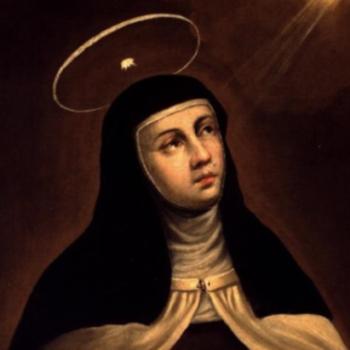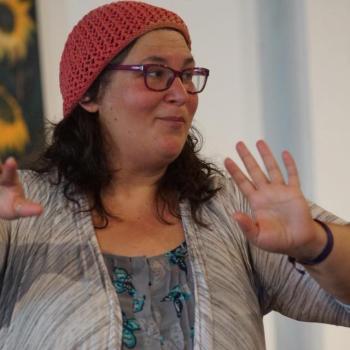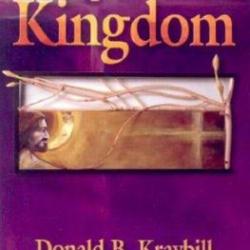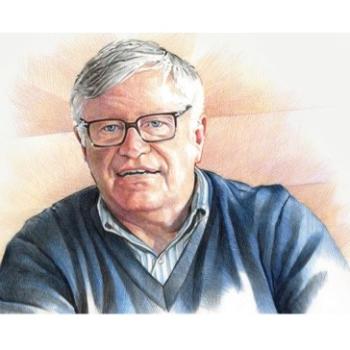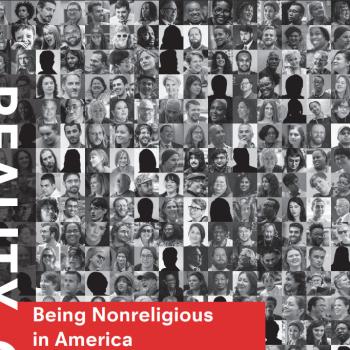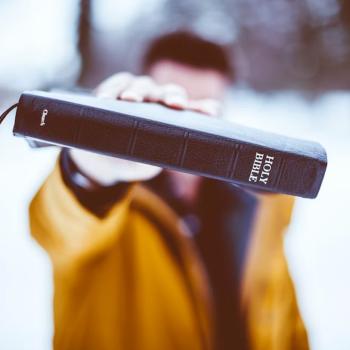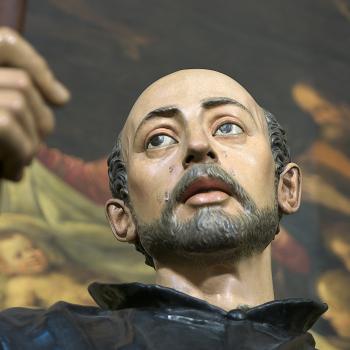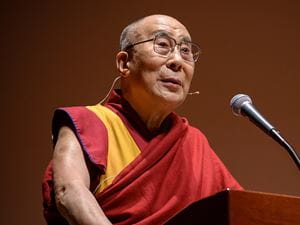
The Dalai Lama is the spiritual leader of Tibetan Buddhists, a distinct sect of Buddhism that began in Tibet around the 7th century. Tibetan Buddhism, like all of Buddhism, has its roots in India and the life of Siddhartha Gautama, called the Buddha, or the "enlightened one" in the 5th century B.C. In the 2,500 years since his life and teachings, Buddhism developed in three main directions that led to three distinct sects: Theravada Buddhism, Mahayana Buddhism, and Vajrayana Buddhism. Tibetan Buddhism is the most visible form of Vajrayana Buddhism, though it includes some of the monastic disciplines of Theravada Buddhism as well. Many scholars point out the ways that Tibetan Buddhism also incorporates some of the indigenous religious traditions of Tibet.
One of the unique aspects of Tibetan Buddhism is its doctrine of the "reincarnating lamas." A lama is a word for guru or spiritual leader. At one level, any monk might be called a lama since he is recognized to have some spiritual prowess. As a title, however, Lama is granted only to those who are widely acknowledged as spiritually accomplished. Most Lamas are believed to be reincarnations of earlier Lamas. Tibetan Buddhism has a variety of smaller subsects within it, and each has a Lama that is its recognized spiritual leader.
The Dalai Lama is the recognized Lama of the largest sect of Tibetan Buddhists and is thus the most widely known spiritual leader in all of Tibetan Buddhism. At some point in the 17th century, the Dalai Lama began to assume both spiritual and political power in Tibet.
The Panchen Lama is the Lama of the second-largest sect and is therefore second in authority only to the Dalai Lama. In Tibetan tradition, the Panchen Lama is a key factor in the selection of the new Dalai Lama. In 1989, the 10th Panchen Lama died, and in 1995, the present Dalai Lama recognized the reincarnation of the 11th Panchen Lama in a six-year-old boy, Gedhun Choekyi Nyima. The Chinese government rejected this identification, abducted the child and his family, and appointed its own 11th Panchen Lama, a child named Gyaincain Norbu. Tibetan Buddhists do not recognize this substitute Panchen Lama, but no one knows where the properly appointed one is.
The present Dalai Lama was born Tenzin Gyatso in 1935, but he is believed to be the 14th reincarnation of Avalokitesvara, the bodhisattva of compassion. In Buddhism, bodhisattvas are fully enlightened beings who delay their transition into nirvana in order to assist others on the way. Bodhisattvas accompany humans in their search for enlightenment. As such, the Dalai Lama represents the Tibetan people, works for their well-being, and gives guidance and counsel to fellow Buddhists.
As tradition has taught it, when a Dalai Lama dies, his spirit chooses a young boy and enters into him, thus reincarnating the essence of the Dalai Lama. The Buddhist community then searches for, identifies, and verifies the new Dalai Lama through a variety of tests and queries. The present Dalai Lama was identified when he was five years old. Sometimes it can take many years to properly identify and enthrone a new Dalai Lama.
The Dalai Lama today has become a widely-known and beloved public leader around the world. In 1989, the Dalai Lama was awarded the Nobel Peace Prize for his efforts to bring peace between China and Tibet. He has written a variety of books for a diverse audience, including non-Buddhists, about the Buddhist way to happiness, peace, and self-knowledge. His appeal is broad, and for many, he serves as a "modern sage," speaking with traditional Buddhist wisdom about many current events. In many ways, his approach expands beyond Buddhist ethics to attempt to articulate a “global ethics” that people from a wide variety of religious persuasions may be able to follow. He and a handful of other prominent ethical leaders from around the world—such as Nelson Mandela, Desmond Tutu, Jimmy Carter, Ellen Johnson Sirleaf, Kofi Annan, Hina Julani, and others—formed a group of Elders who work and speak around the world on behalf of justice and peace.
The current Dalai Lama has suggested that perhaps he should be the last to hold that title since it has the potential to become a political pawn in the China-Tibet controversy. He has also transferred political power to a Tibetan leader in exile, restricting the role of the Dalai Lama now to spiritual authority.
Because the Panchen Lama plays an important role in recognition of any new Dalai Lama, future Dalai Lamas will likely be subject to Chinese control. China has declared that if the new Dalai Lama were not to be to its liking, it would select its own. It is highly unlikely that Tibetan Buddhists would recognize a Chinese-selected Dalai Lama. Because of the dispute between China and Tibet regarding the latter's independence, the Dalai Lama had to flee Tibet in 1959 and now lives in exile.
Other sects of Buddhism have different forms of leadership. Find out about them here.
3/10/2023 6:07:02 PM
